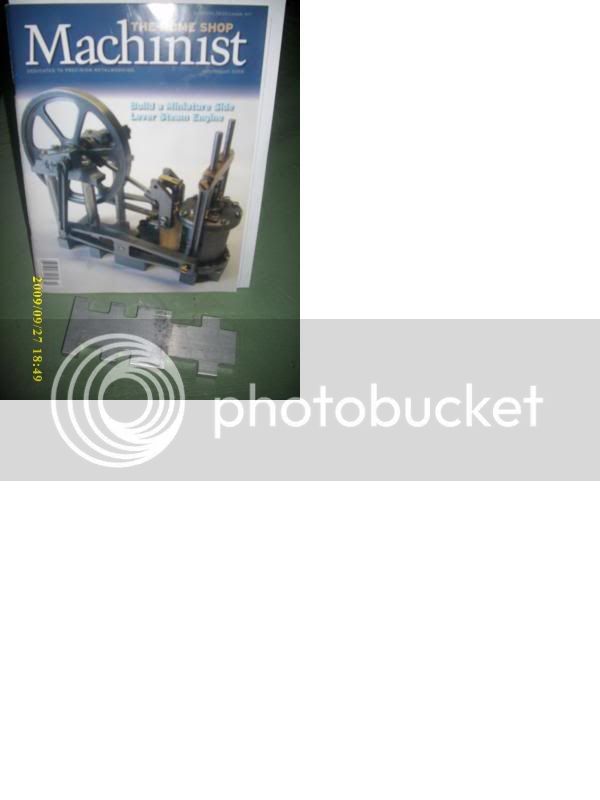lazylathe
Well-Known Member
- Joined
- Aug 27, 2009
- Messages
- 1,285
- Reaction score
- 6
Hi all!
I have been trying for some time now to build a small engine of sorts.
At first i only had round stock, so that was difficult.
I just messed around with perfecting the fit and polish of items.
I now have some different shapes of stock and thought i would give it a go!
After hack sawing a section off i reached a dilemma...
Two sides were good and flat, the other 2 sides needed some serious attention!
Out comes the file... It came out pretty good, but not good enough for me!
I think it is time to break down and get a mill.
Not too many options here in Canada.
Busy Bee Tools have Craftex and a place down the road sells Siegs for between $13 to $1600 Canadian.
Can also get a Sherline to match my lathe and as Vernon said get it tricked out with CNC at a later date.
But i digress... Is it possible to make an engine without a mill?
Also take into account this is my first metal lathe and i am very new to this!
Still reading everything i can!
ps. I did make a nice shiny steel centre punch today after putting away the engine ideas for now!
I have been trying for some time now to build a small engine of sorts.
At first i only had round stock, so that was difficult.
I just messed around with perfecting the fit and polish of items.
I now have some different shapes of stock and thought i would give it a go!
After hack sawing a section off i reached a dilemma...
Two sides were good and flat, the other 2 sides needed some serious attention!
Out comes the file... It came out pretty good, but not good enough for me!
I think it is time to break down and get a mill.
Not too many options here in Canada.
Busy Bee Tools have Craftex and a place down the road sells Siegs for between $13 to $1600 Canadian.
Can also get a Sherline to match my lathe and as Vernon said get it tricked out with CNC at a later date.
But i digress... Is it possible to make an engine without a mill?
Also take into account this is my first metal lathe and i am very new to this!
Still reading everything i can!
ps. I did make a nice shiny steel centre punch today after putting away the engine ideas for now!











